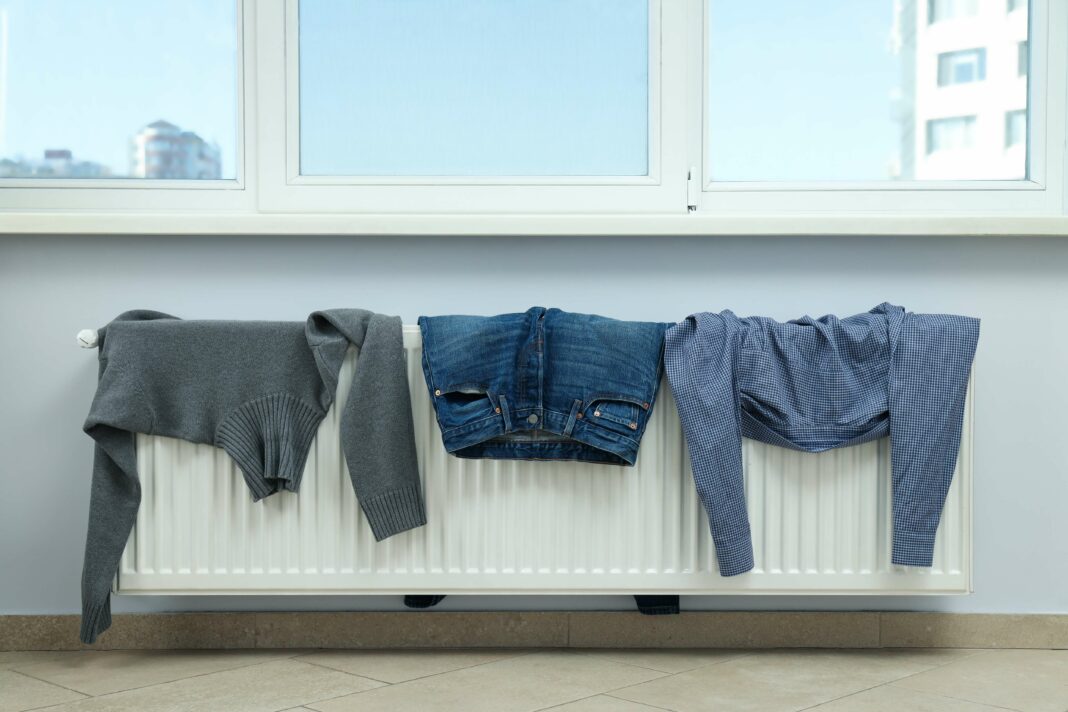Understanding heating costs involves recognizing pitfalls like cold evaporation, which can lead to unnecessary charges even when heating is off. Various operational expenses, as outlined in heating regulations, can be passed on to tenants, often forming a significant portion of heating bills. Factors contributing to cold evaporation include sunlight exposure and nearby heat sources. To manage costs effectively, homeowners should avoid obstructing heating devices and unauthorized modifications, ensuring efficient energy use and accurate consumption readings.
Understanding Heating Costs and Cold Evaporation
Many homeowners keep a vigilant eye on their heating expenses and strive to utilize energy efficiently. Nonetheless, there are certain pitfalls that can lead to overspending. For instance, reducing the temperature at night may not always result in savings.
One common issue faced by many heating cost allocators is the phenomenon known as cold evaporation. If not managed properly, individuals may find themselves incurring unnecessary charges, even when their heating systems are turned off. But just how impactful is this cold evaporation?
Exploring the Costs Associated with Cold Evaporation
It’s important to consider that, as per Section 7, Paragraph 2 of the Heating Cost Ordinance, various operational costs can be transferred to tenants. These may include expenses related to the procurement and delivery of fuel, electricity for heating systems, maintenance, cleaning, and monitoring of the heating equipment. Collectively, these costs can constitute over a third of the overall heating expenses.
The remaining portion of costs is linked to actual energy consumption, typically measured in many homes through evaporation tubes. Although the installation of new evaporation tubes has been prohibited since late 2021, existing setups are still operational.
Evaporation tubes contain a liquid that evaporates when heated, which helps track consumption during readings. The less liquid present, the more heating has occurred. However, this liquid can also escape even when the heating is not in operation, leading to cold evaporation.
How to Prevent Excess Costs from Cold Evaporation
Cold evaporation can be exacerbated by sunlight exposure on the tubes. This is particularly evident in attic apartments during summer when temperatures can rise significantly, causing the liquid to evaporate. Additionally, other heat sources, like wood stoves, contribute to this effect.
Interestingly, evaporation tubes were originally overfilled during installation to counteract the impact of cold evaporation, as specified by the DIN standard DIN EN 835, which ensures a cold evaporation specification for at least 120 days at a temperature of 20 degrees Celsius.
It’s also crucial to note that heating cost allocators do not measure individual consumption precisely; rather, they provide a basis for the equitable distribution of heating expenses across all apartment units. As a result, the costs are nearly uniform across the building, despite differences in temperature between units on the top floor and those on the ground floor.
Legal precedents, such as a ruling from the Berlin District Court in 2000, indicate that minor cold evaporation losses are generally accepted. In that case, a tenant who had disconnected their heating still had to pay a portion of the heating costs due to cold evaporation.
The upside is that cold evaporation usually does not lead to excessive financial burdens. However, avoiding certain common mistakes related to evaporation tubes can still be beneficial.
Best Practices for Managing Heating Devices
To prevent excess evaporation of the measuring liquid, avoid covering the measuring devices. For example, drying towels or clothing on radiators can cause heat to accumulate behind them, resulting in inflated consumption readings. Steering clear of such hacks found online, like using wet rags, is advisable.
Additionally, refrain from placing furniture in front of radiators or covering them with heavy curtains. This obstructs heat distribution, leading to higher costs without a significant increase in room temperature.
Even with modern electronic heating cost allocators, these practices should be avoided to prevent unnecessary temperature increases at the measuring device. Using a clothes dryer near the radiator is fine as long as there is a few centimeters of space between the fabrics and the radiator.
Lastly, any unauthorized alterations to the measuring devices could be seen as an attempt at fraud and can result in immediate eviction from your apartment. Staying informed and cautious is key to effectively managing your heating costs.
